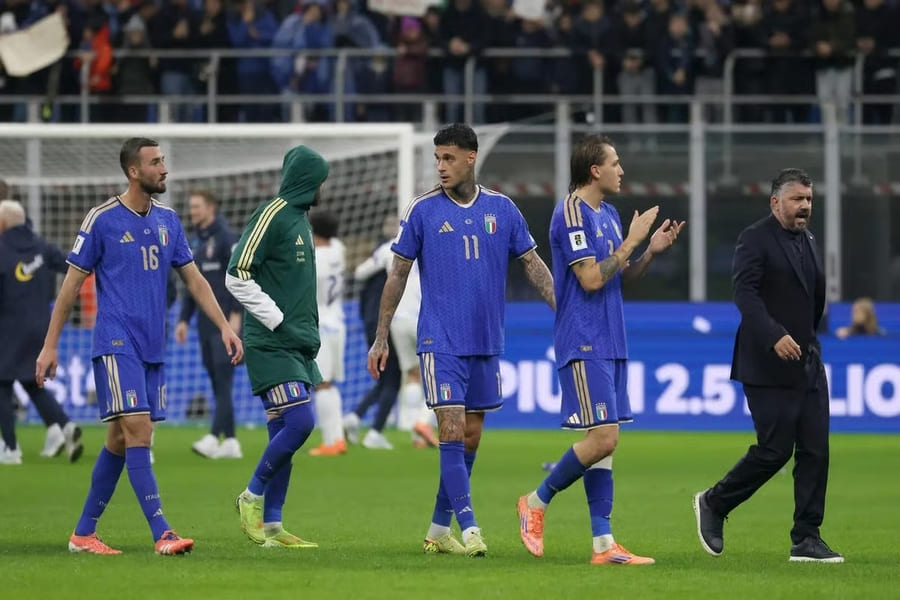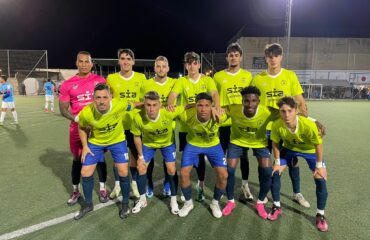The recent round of qualifiers in Europe has helped draw a much clearer picture on the road to the 2026 World Cup, which will take place in the United States, Mexico and Canada. Although several spots are still up for grabs, especially through playoffs, a significant part of the global lineup is already defined. Among the qualified teams, Spain stands out as one of the most solid and consistent sides of this entire phase.
Table of contents
The European qualifiers: twelve teams already holding their ticket
Europe will have sixteen places in the World Cup, and twelve of them are already secured. The national sides that finished top of their groups and therefore gained direct qualification are: England, France, Germany, the Netherlands, Croatia, Belgium, Austria, Norway, Switzerland, Portugal, Scotland and Spain.
All of them showed consistency and authority throughout their qualification path. However, the journey was not equally smooth for everyone. Some teams had to wait until the very final matchday to confirm qualification, while others secured it several weeks earlier. What they all share is the ability to perform under pressure—something essential in such a demanding continental format.

Spain: a qualification built on maturity and consistency
Spain’s case deserves special attention. Their 2–2 draw on the final matchday against Turkey, a calculated and well-managed result, was enough to seal the top position in their group without taking unnecessary risks. Although some fans expected a more dominant win, the true value of the match was the display of competitive maturity.
Spain completed the qualifying phase with a clear identity: balanced defending, creativity in midfield, and an increasingly sharp attack. The blend of youth and experience created a recognisable style based on possession, verticality and rhythm. The overall feeling is that Spain arrives at the 2026 World Cup with a solid structure and plenty of room for further growth.
From our perspective at SIA Academy, this long-term construction resonates deeply with us. We also focus on continuous development, daily discipline and a strategic vision that allows young footballers to grow with a strong mindset. Seeing Spain consolidate its qualification reinforces our philosophy: work, consistency and evolution.
The European playoffs to the World Cup: four paths, four spots, total tension
Although twelve places are already taken, Europe still has four more teams to be decided. The playoff system will give one final chance to several sides that came close to finishing top of their group but fell short.
The format is straightforward:
- The twelve group runners-up take part.
- Four more teams join from the Nations League, rewarding strong performances in that competition.
- The 16 teams are split into four different paths, each featuring a semifinal and a final.
- The winner of each path earns a World Cup berth.
This structure makes the playoffs one of the most dramatic stages of qualification. Teams entering this phase must perform at their maximum from the first minute, as there is no margin for error. The single-match format turns every game into a final, and in such contexts unexpected heroes—or surprising disappointments—often arise.

South America: six teams already qualified and an open fight for the playoff spot
While Europe works through its last open positions, South America has also confirmed a core group of teams for the 2026 World Cup. As of now, the qualified nations are:
- Argentina
- Brazil
- Uruguay
- Colombia
- Ecuador
- Paraguay
Additionally, Bolivia has secured a place in the intercontinental playoff. South American qualification once again showcases the region’s historic strength. Argentina and Brazil enter the tournament as natural contenders; Uruguay is undergoing a fascinating generational shift; Ecuador and Colombia have consolidated strong footballing projects; and Paraguay has surprised many with consistent performances.
Bolivia’s presence in the playoff is a milestone and offers an emotional storyline: a team that has capitalised on its key moments and competed well even away from its high-altitude stronghold in La Paz.
Africa: nine confirmed teams and a continent with renewed ambition
In Africa, nine teams have already secured their place at the 2026 World Cup—a reflection of the continent’s growth in recent years. The qualified teams include Morocco, continuing their rise after an exceptional previous World Cup, as well as Egypt, Algeria, Ghana, Ivory Coast, South Africa, Tunisia, Cape Verde and Nigeria.
The inclusion of teams like Cape Verde, one of Africa’s most captivating footballing stories, gives this World Cup a particularly exciting character. With 48 participants, the tournament opens the door for emerging nations that could become unforgettable surprises.
Reflections from SIA Academy
At SIA Academy, the qualification process is a powerful source of learning. We observe, analyse and strive to teach our players that success is not about a single moment—it is about a long-term project. Spain exemplifies this idea: planning, method and conviction.
The variety of qualified teams also highlights the importance of adaptability, of learning from different football cultures, and of understanding that modern football is global. Player development today requires an international perspective, the ability to read trends from around the world and the willingness to adopt an open mindset.
The road to the 2026 World Cup is already well mapped: twelve European teams, six South American sides, nine African nations, and others still fighting for their place through playoffs. The tournament is set to be one of the most exciting ever—not only because of the number of participants, but because of the quality and diversity of styles represented.
Spain, meanwhile, enters the competition with confidence, identity and ambition. And from SIA Academy, we watch that evolution with pride and inspiration, convinced that strong development foundations are key to reaching any goal, whether individual or collective.






